Death of Sardanapalus (1827)
Technique: Giclée quality print
Recommended by our customers
More about this artwork
Welcome to our exploration of one of Eugène Delacroix's most intense and dramatic creations, "The Death of Sardanapalus" from 1827. This masterpiece, a defining piece of French Romanticism, showcases Delacroix's expert use of vivid color and dynamic composition to capture emotional depth and human drama.The painting depicts the final moments of the Assyrian king Sardanapalus, a figure immersed in luxury and decadence. Rather than surrender to his enemies, the king decides to destroy all his possessions, including his treasures and those who serve him. The sprawling scene is set in the king’s opulent chamber where chaos and violence unfold dramatically. At the center, Sardanapalus lounges indifferently on a massive, richly adorned bed while the destruction swirls around him. His expression is somber, reflecting perhaps a deep resignation or a perverse satisfaction in his final defiant act.To the left and right, viewers witness the grim tableau of loyal servants and concubines being slain and valuable objects demolished. The palette of deep reds and shadowy hues amplifies the sense of doom and the grotesque spectacle. Each figure in this tumultuous scene is portrayed in the midst of intense emotion, from desperate struggle to eerie resignation.Delacroix's painting is more than just a visual recounting of a legendary event; it's a profound commentary on power, human passion, and the inevitable decay of all earthly things. This piece not only exemplifies the Romantic movement’s emphasis on emotion and individualism but also reflects the artist's fascination with the exotic and the macabre, inviting the viewer to ponder deeper truths about human nature and historical destiny.





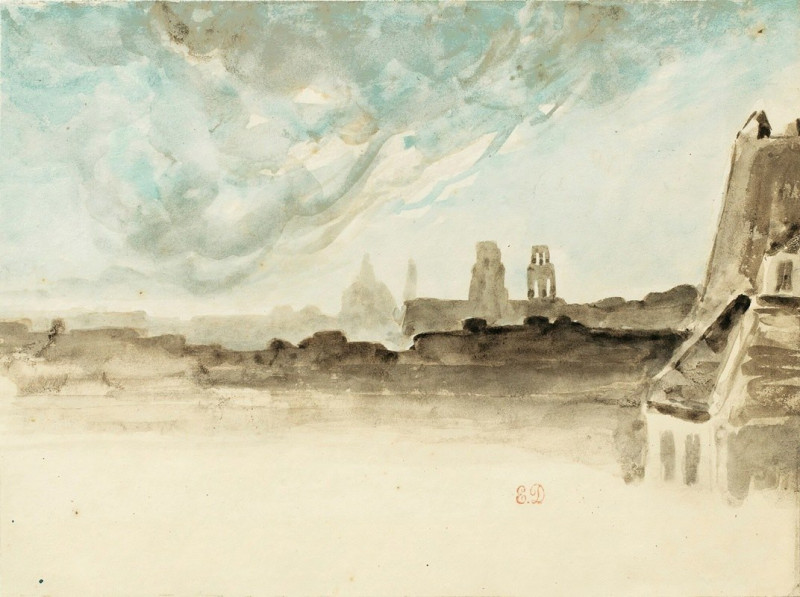


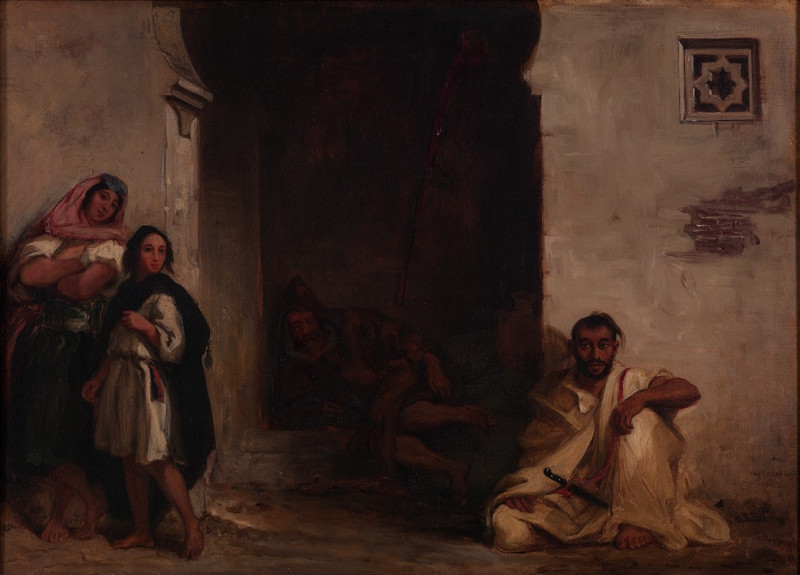

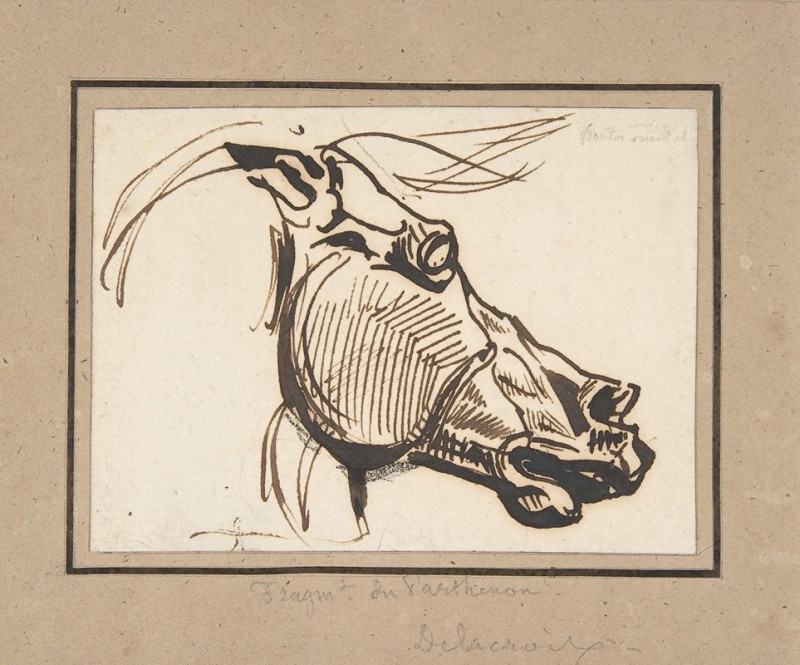







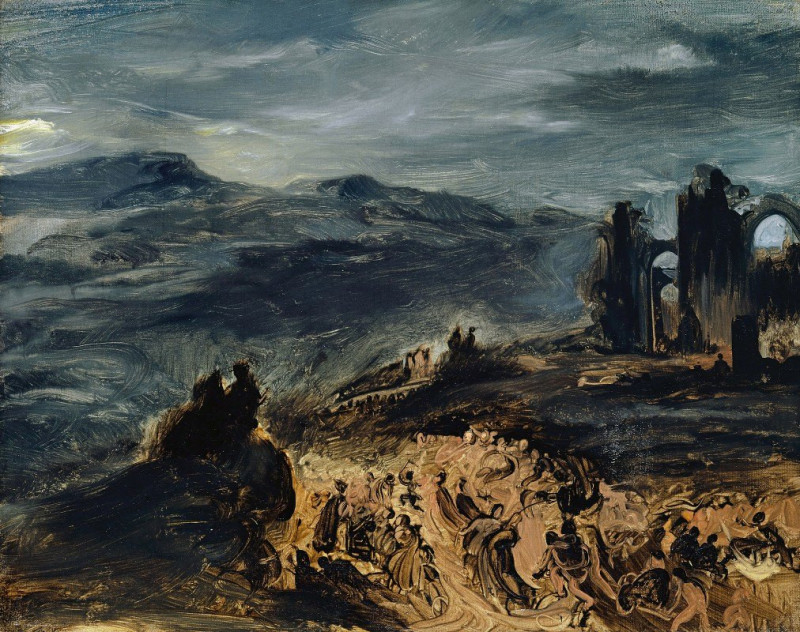






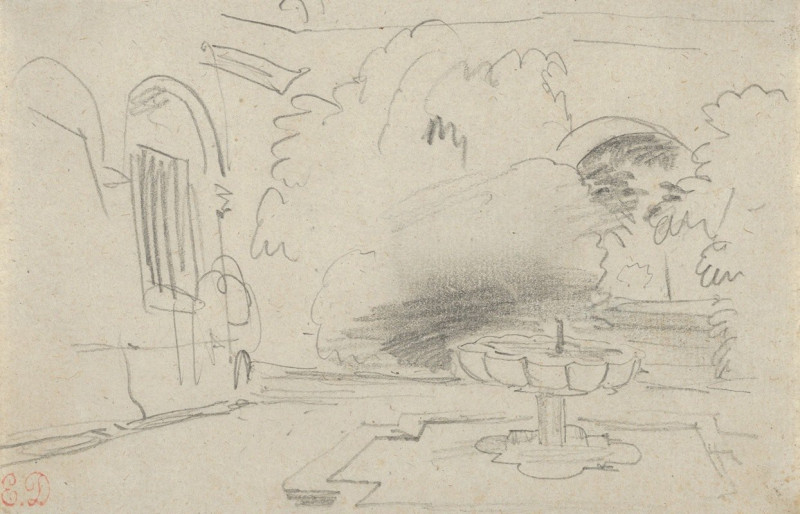



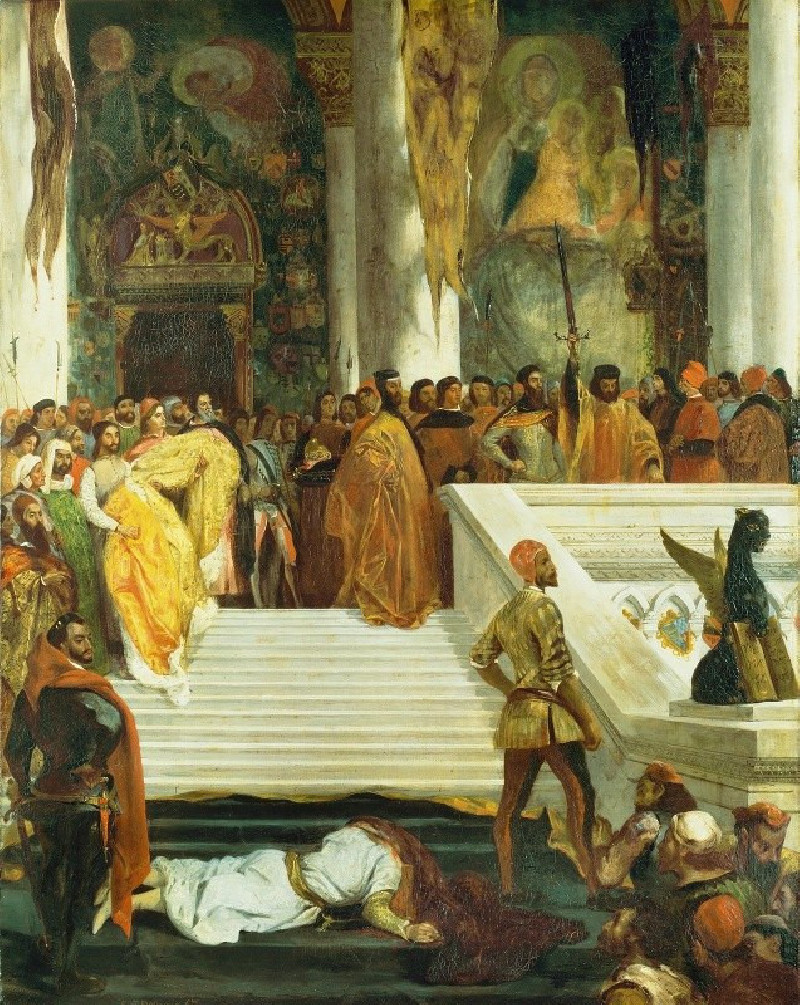





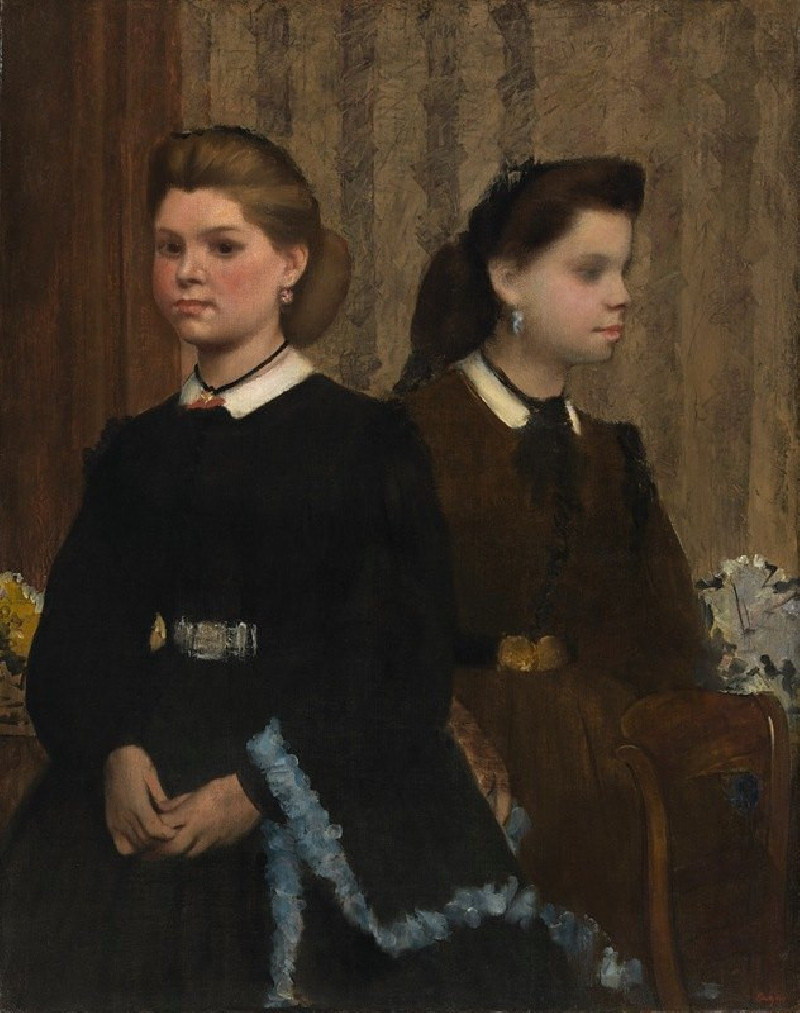


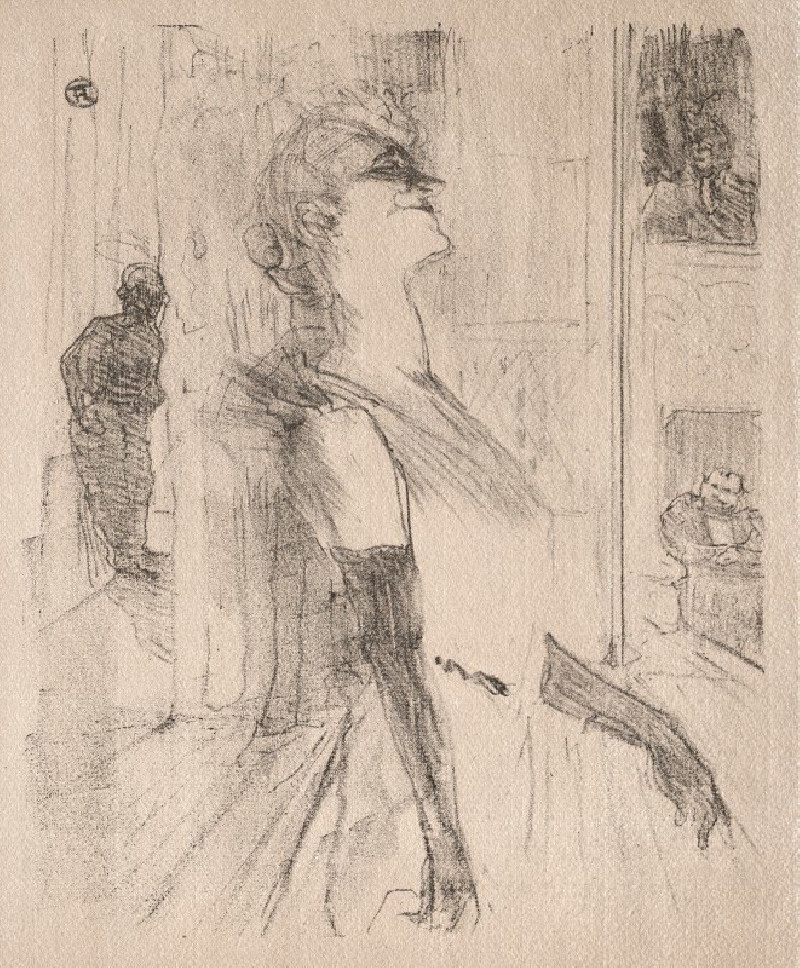


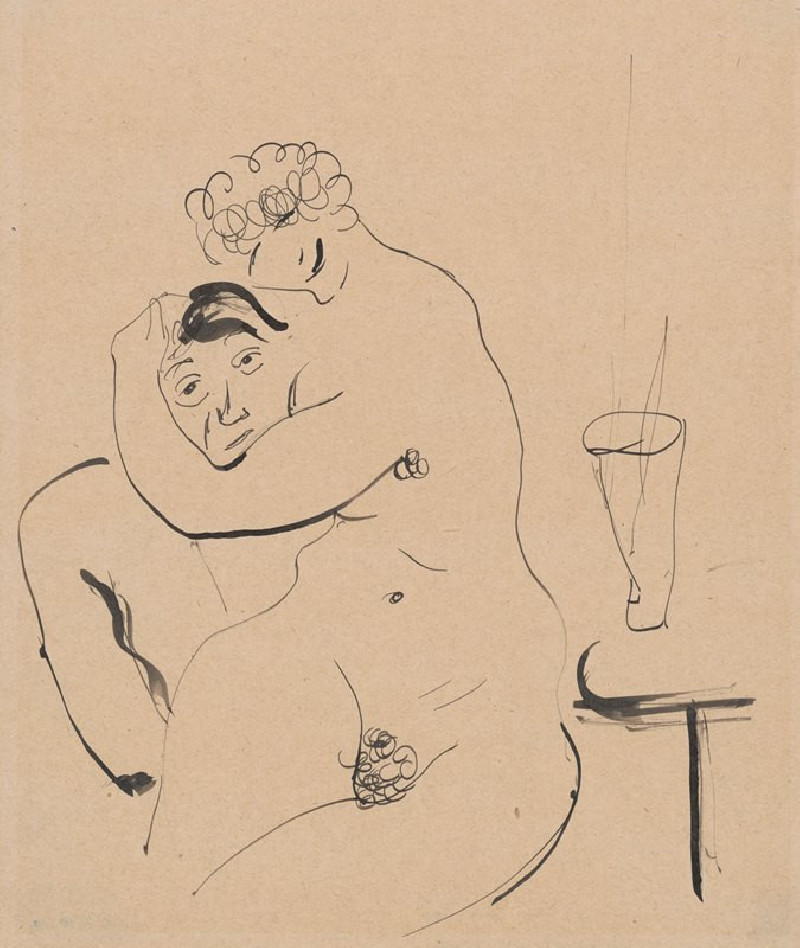
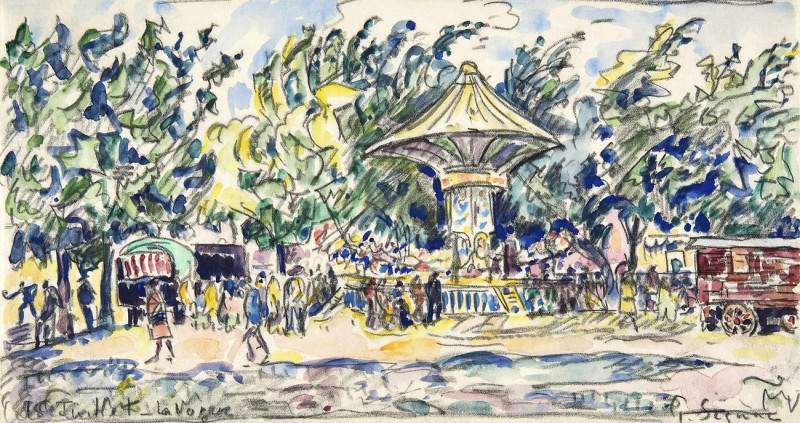
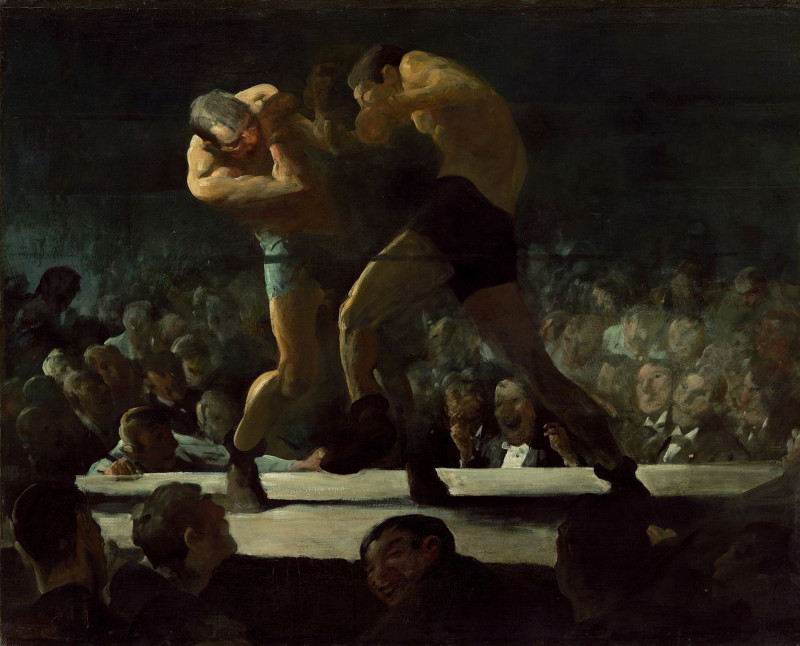
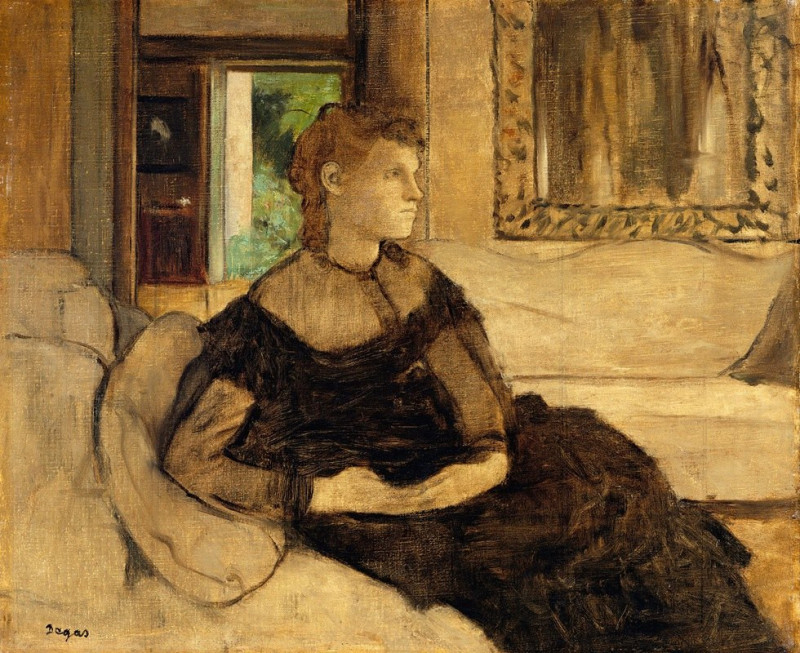


![Approach to the Temple of Wady Sabua [Wadi al-Sabua], Nubia. (1846-1849) reproduction of painting by David Roberts. ALL GICLE...](https://reprodukcijos.lt/39115-large_default/reproduction-of-approach-to-the-temple-of-wady-sabua-wadi-al-sabua-nubia-1846-1849.jpg)